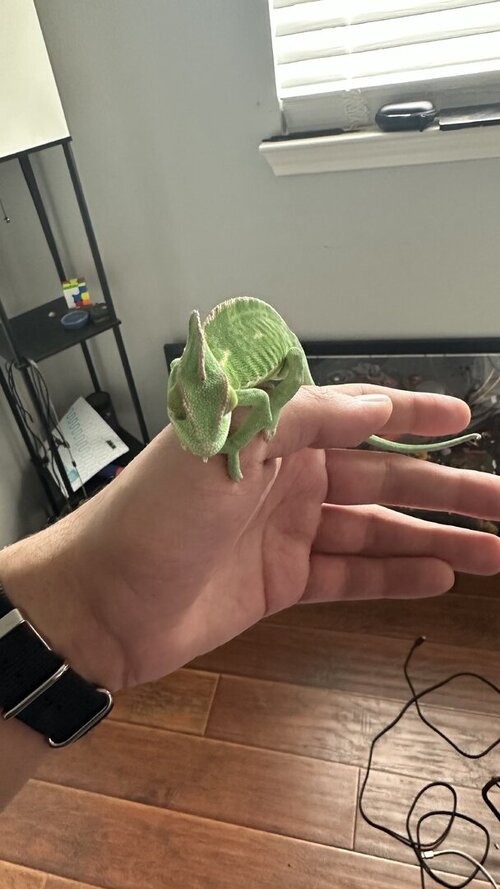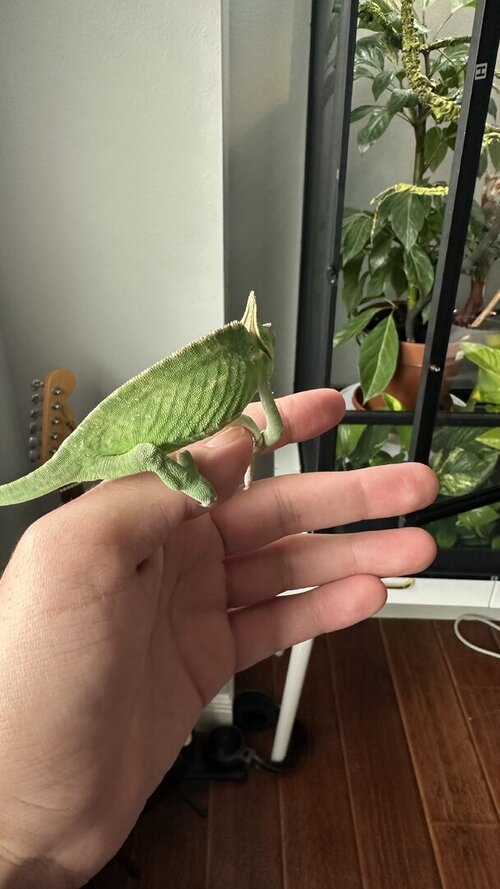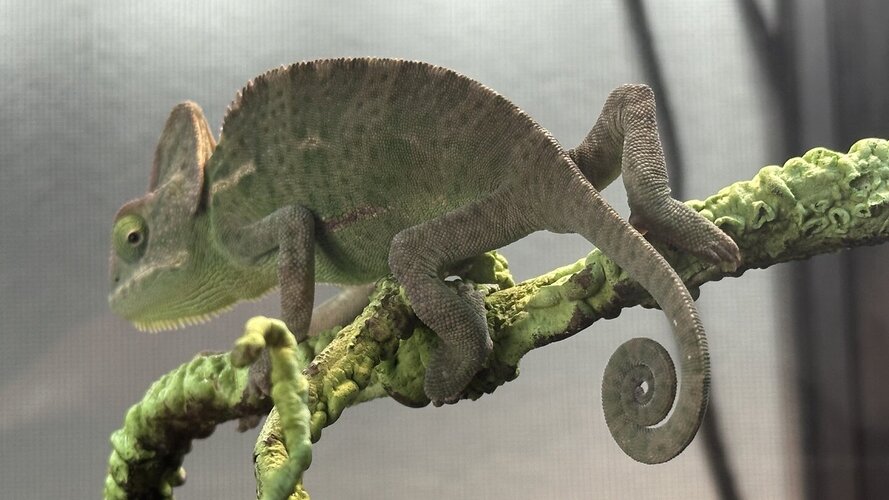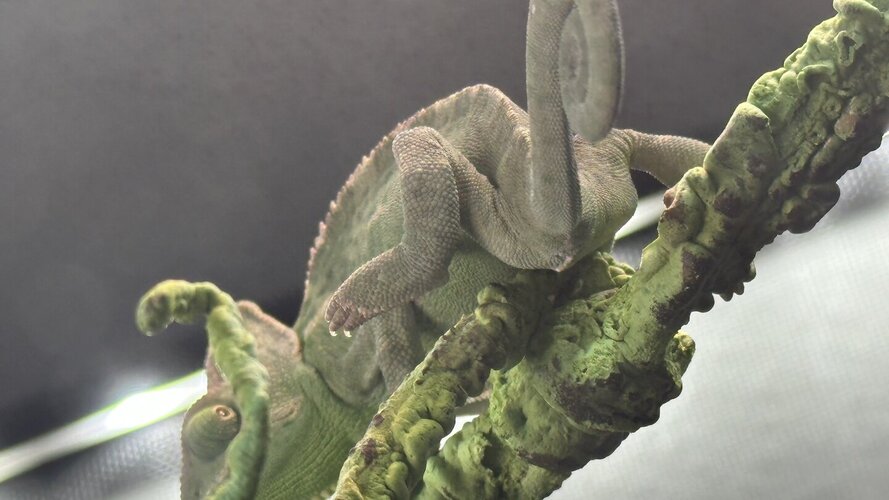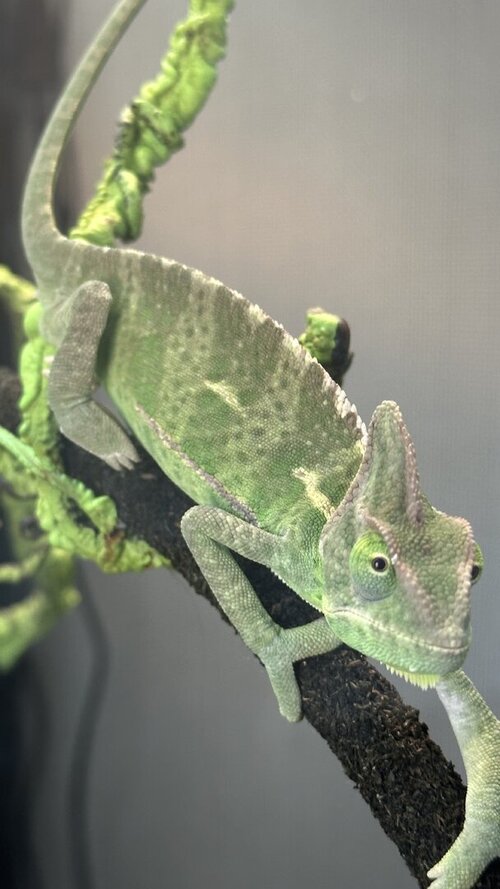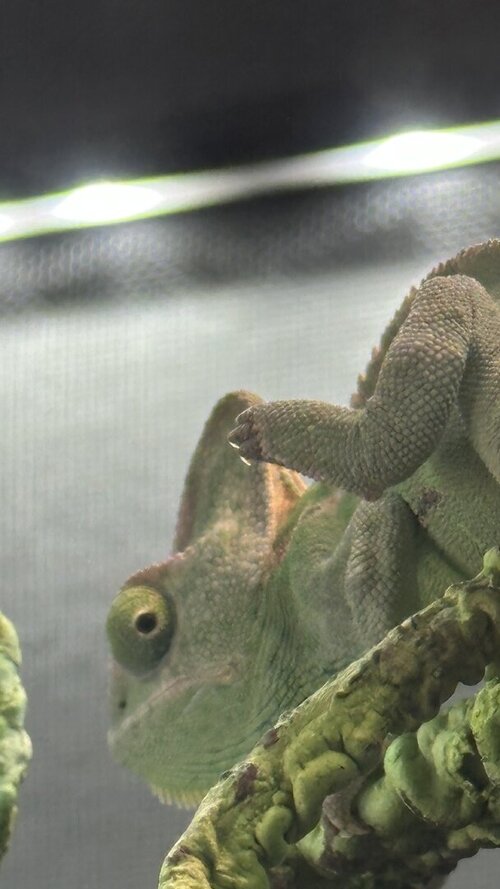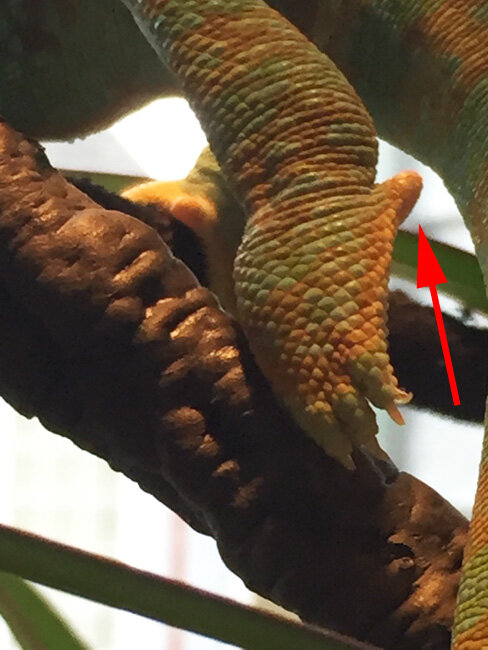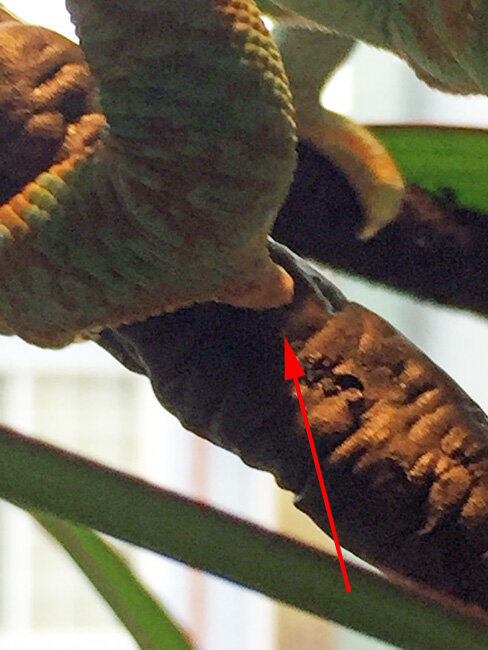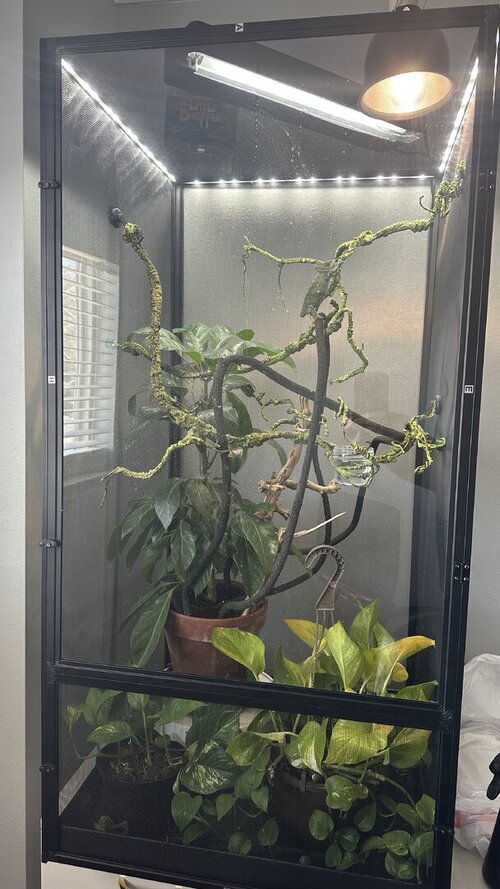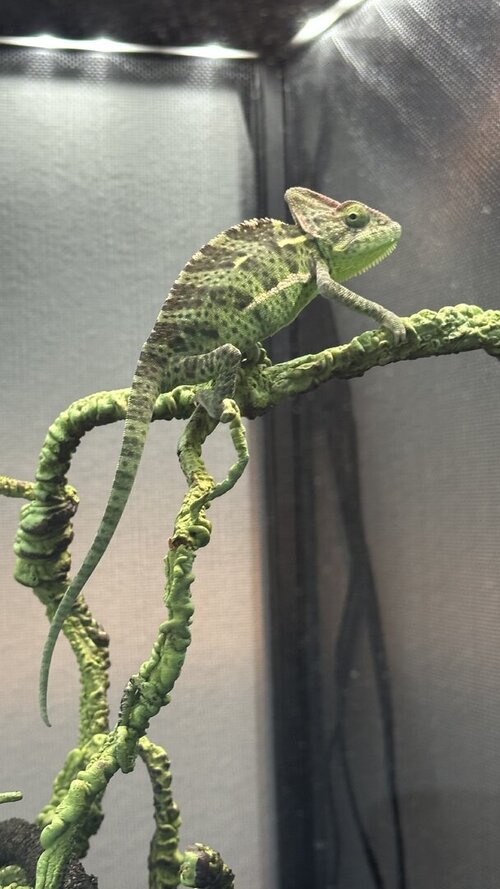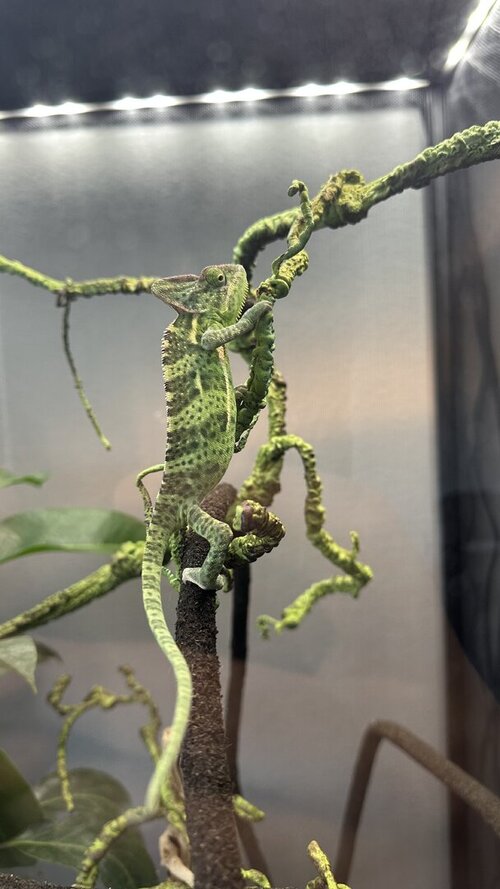cornelius.rex
Member
Hi all, I'm new here but have been lurking for about a month. This community seems really great! My family has a new Veiled friend, and I was hoping to confirm gender and possibly a rough age. I'm almost certain he(?) has tarsal spurs and a somewhat thicker tail base, but I'm not confident enough in my eyes. Pics on hand for rough scale. If anyone can confirm and/or give me a rough age that would be amazing 
From what the wife and I can tell, we're thinking male, roughly 3-4 months?
Thank you!
From what the wife and I can tell, we're thinking male, roughly 3-4 months?
Thank you!

